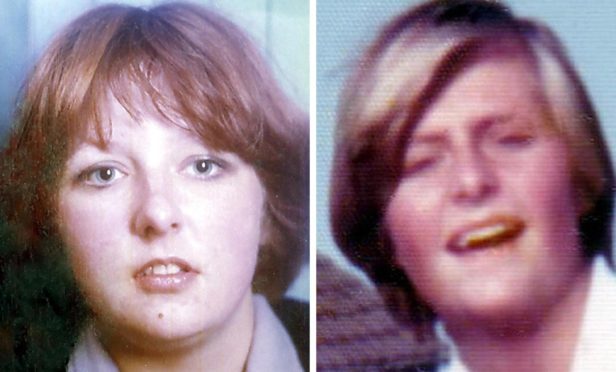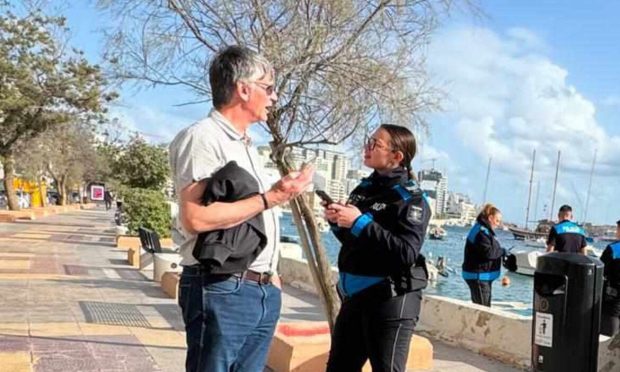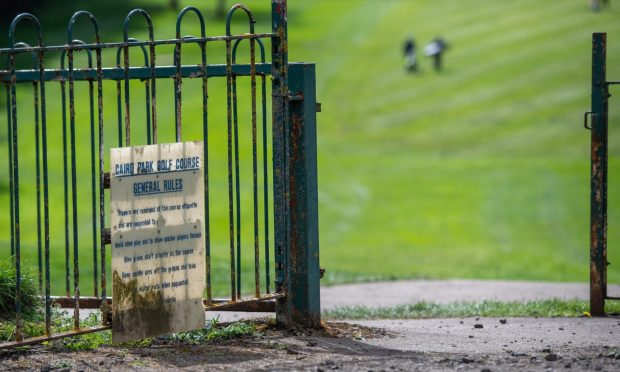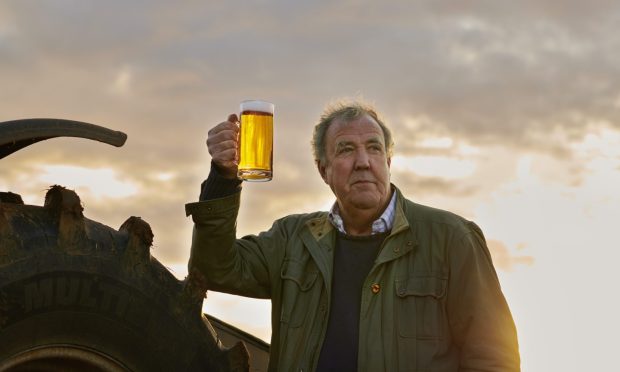Police have launched an investigation after a woman claimed she had been raped by World’s End killer Angus Sinclair in Dundee in 1974.
The 59-year-old woman reported the alleged attack to police in London after recognising Sinclair’s face when a photograph of him as a young man was featured in a documentary on ITV last week.
She told The Sun newspaper: “I nearly died when I saw the photograph.
“I ran to the toilet and vomited. Then I started crying and shaking.”
Sinclair was jailed in 2014 for the murders of two Edinburgh teenagers in 1977.
Christine Eadie and Helen Scott were both 17 when they were killed. They were last seen alive leaving the World’s End pub in Edinburgh’s Old Town.
Sinclair was first prosecuted for their murders in 2007 but was acquitted. This led to the law being changed to allow him to go on a trial a second time.
He was put back on trial in 2014 and convicted of both murders.
Sinclair was then sentenced to life imprisonment and told he must spent at least 37 years in prison. He will be 106 before he is eligible for release.
The woman, who claims she was raped by him when she was 15, fears she could have stopped the murders if she had reported his attack on her.
She said: “As the years passed I never told the police as I didn’t think they’d believe me.
“It’s only now I know Angus Sinclair was the man who raped me. I feel guilty as, if I’d said something, I may have been able to prevent other people getting murdered.
“I knew straight away – that’s the animal who attacked me.”
The woman, whose identity has been protected, said she was attacked in April 1974 after being followed by Sinclair from the Tay Hotel to a friend’s house.
She said he attacked her on the construction site where they were building the Wellgate Centre but she managed to escape to her friend’s flat.
She said Sinclair then made his way into the flat and attacked her again.
She said: “I will never, ever forget that face. It was demonic.”
The woman said she feared for her life as Sinclair strangled her.
She said: “I thought I was going to die. I then pretended to go limp.
“He threw me to the floor and left. As far as he was concerned, I was dead.”
She reported the incident to police in London following the airing of ITV documentary The Investigator: A British Crime Story last week.
A spokesman for Police Scotland’s Tayside Division confirmed they are investigating the alleged attack.
He said: “Police Scotland has received a complaint of a historical sexual offence in the 1970s. Inquiries are ongoing.”










